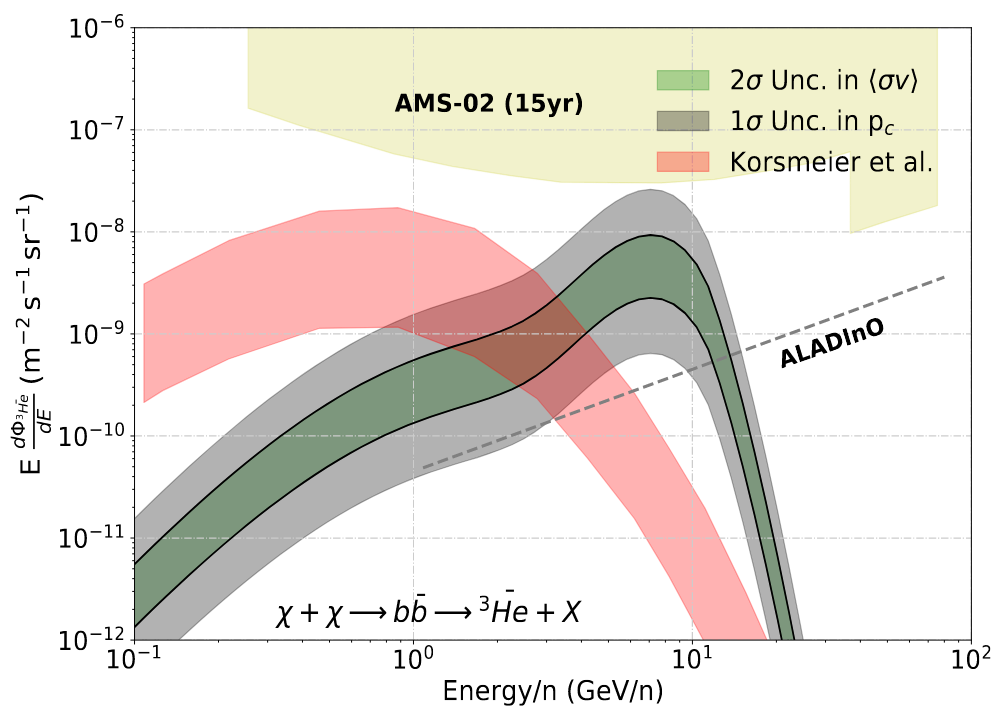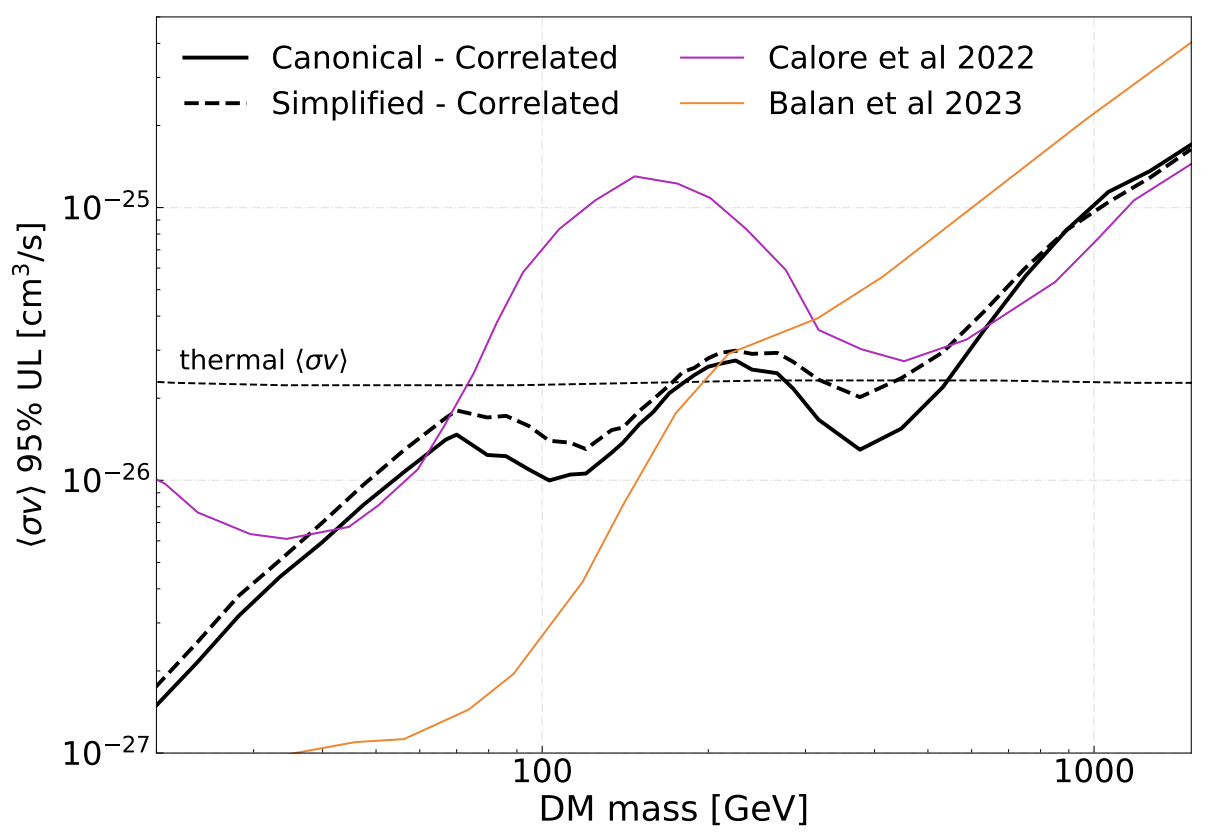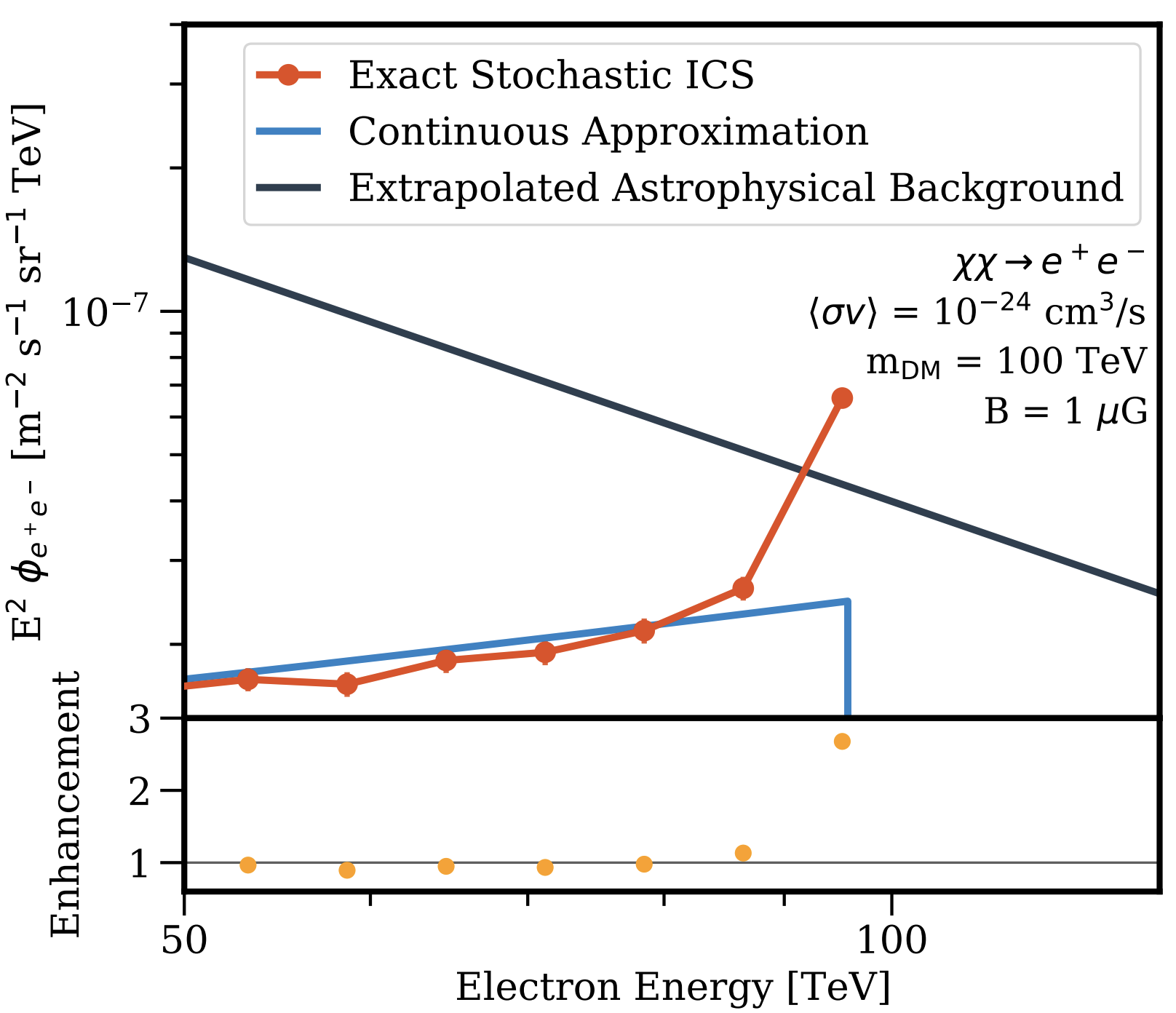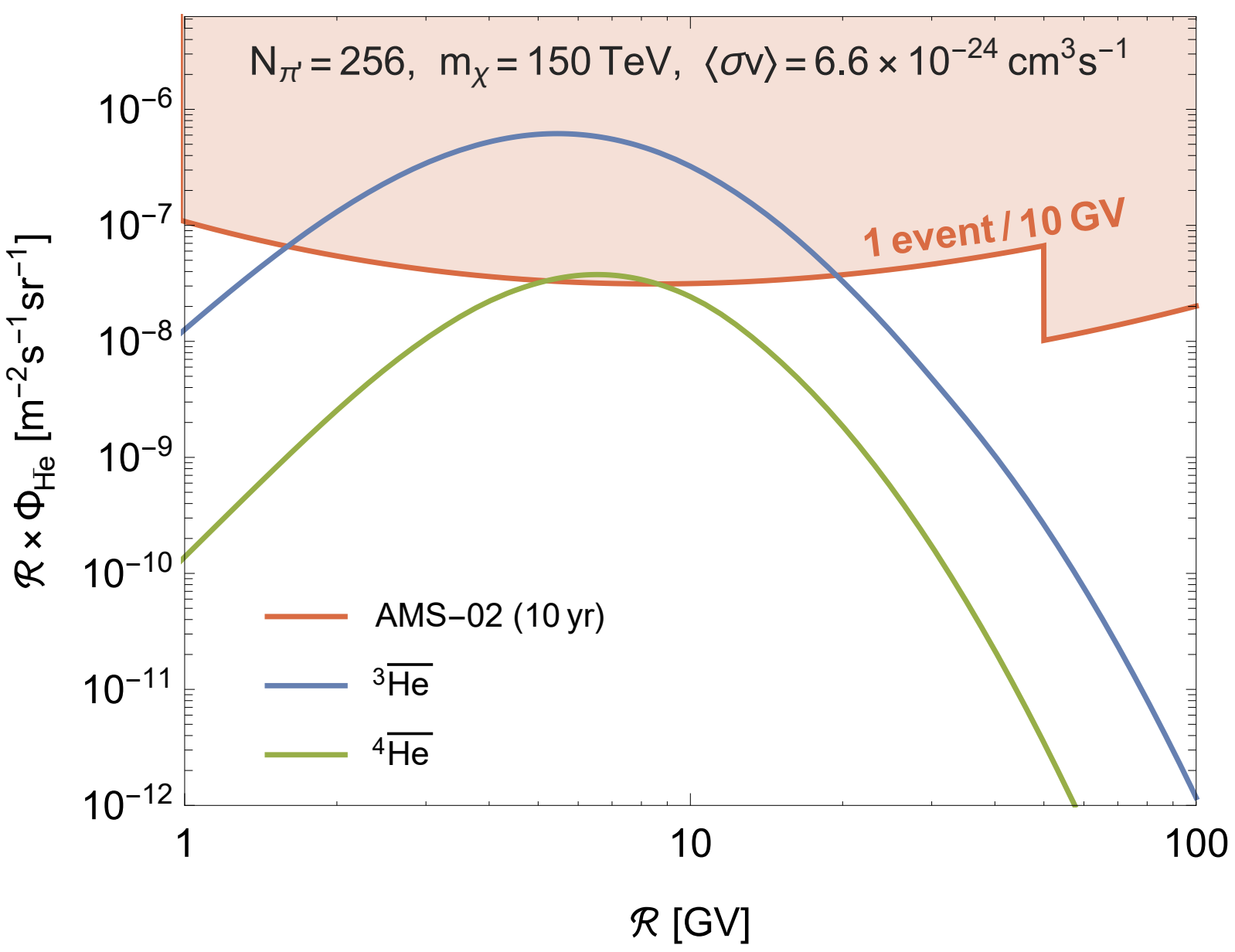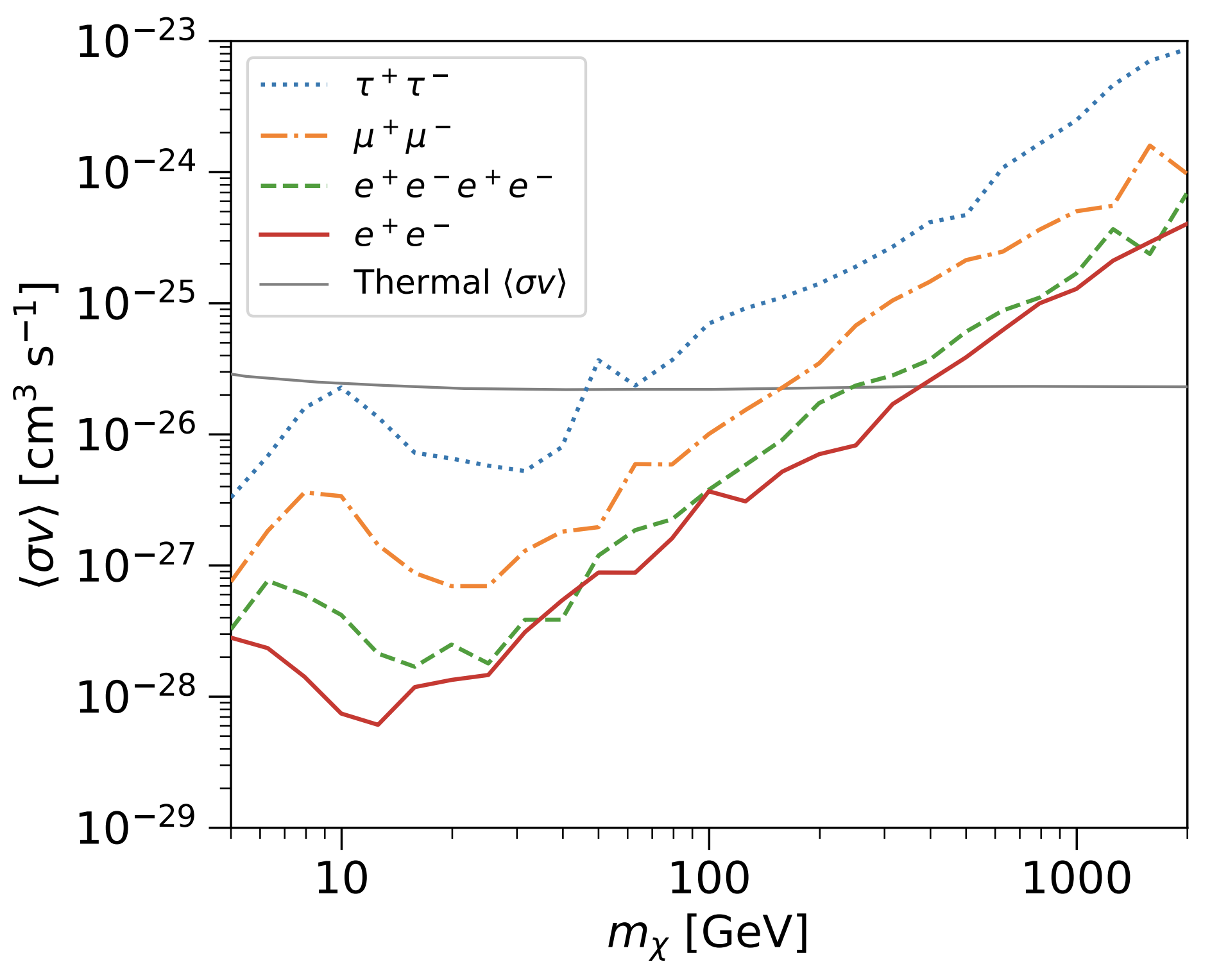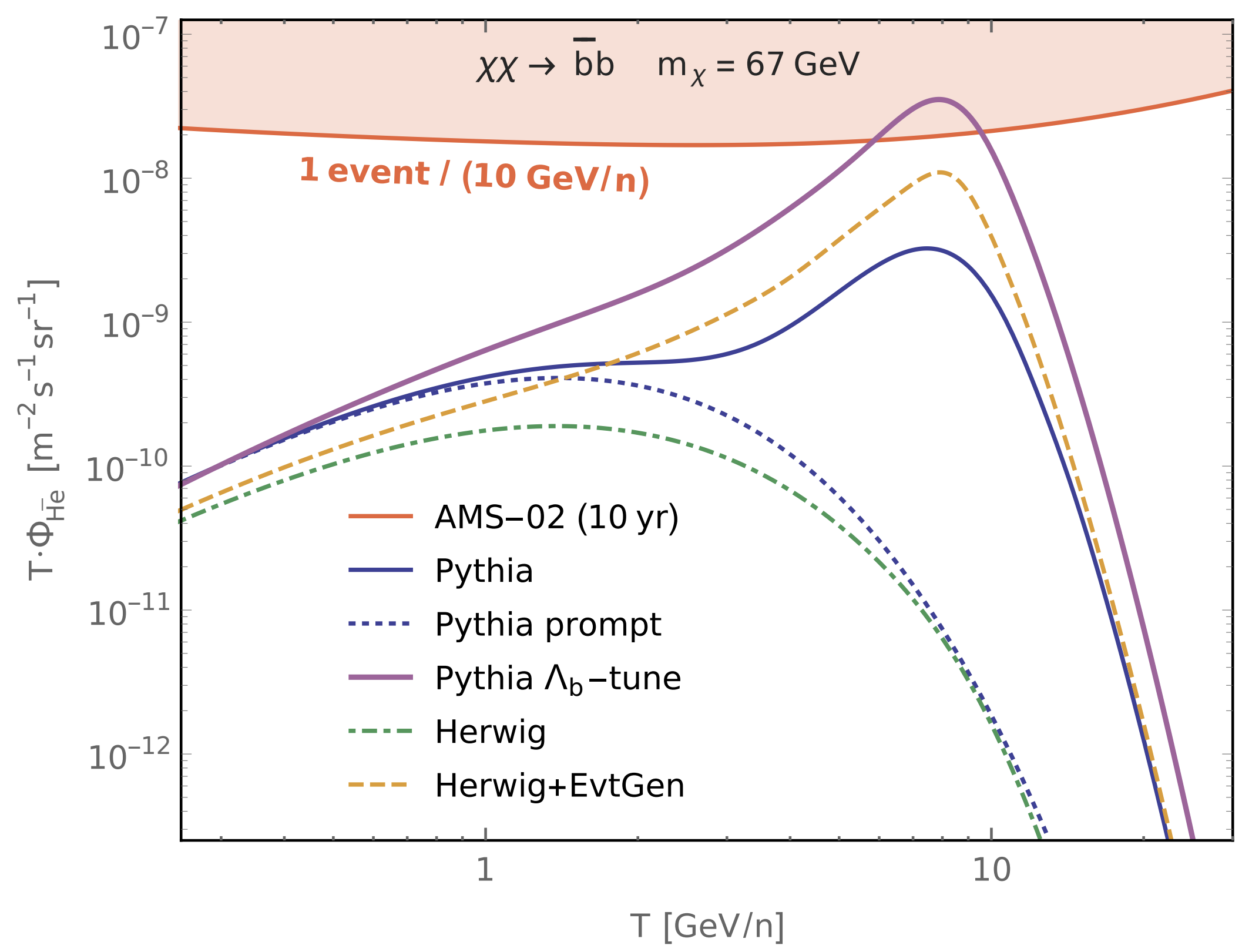
Galactic Gas Models Systematically Affect Diffusive Halo Height Models
Observations of radioactive secondary ratios (e.g., 10Be/9Be) which are produced when two secondary isotopes are formed in known abundance ratios, provide excellent cosmic clocks, due to the fact that the abundance ratio predictably changes as a function of time. This is potentially of great interest, because it allows for detailed measurements of cosmic-ray diffusion throughout the Milky Way halo. We point out a critical, but previous unappreciated systematic, the very local distribution of galactic gas, which signifcantly inhibits our ability to use isotopic ratios to study galactic diffusion. Because the best isotopic ratio measurements are produced at low energies (where magnetic fields can best descrminate between particles of different masses), the radioactive component necessarily propagates only a short distance in the galaxy, and our observations are highly biased towards very local gas structures. We show that utilizing detailed spiral arms models can change our best-fit constraints on the galactic halo height by a factor of 4, indicating that more detailed understanding of local gas is necessary in order to take advantage of upcoming isotopic measurements.
Read MoreResearch Topics
- Highlights and Overview
- Dark Matter(76)
- Galactic Center Excess(20)
- Celestial Body Searches(20)
- Gamma-Ray Searches(18)
- Multiwavelength(8)
- Cosmic-Rays Searches(12)
- Dark Matter Models(20)
- Axion Dark Matter(3)
- Astrophysics(73)
- TeV Halos(19)
- Gamma-Ray Astronomy(30)
- Cosmic-Ray Astronomy(13)
- Radio Astronomy(5)
- Neutrino Astronomy(5)
- Solar Physics(7)
- X-Ray Binaries(7)
